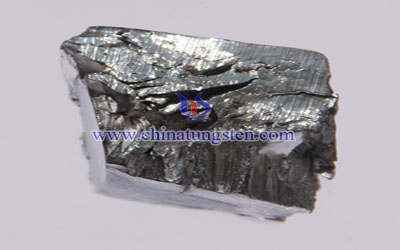Basic Knowledge About Lutetium
- Details
- Category: Rare Earth News
- Published on Thursday, 14 March 2013 16:43
Lutetium (Lu, atomic number 71) – In 1907, Urbain described a process by which Marignac’s ytterbium (1879) could be separated into the two elements, ytterbium (neoytterbium) and lutetium. These elements were identical with “aldebaranium” and “cassiopeium”, independently discovered at this time. The spelling of the element was changed from lutecium to lutetium in 1949. Lutetium occurs in very small amounts in nearly all minerals containing yttrium and is present in monazite to the extent of about 0.003% which is commercial source. The pure metal has been isolated only in recent years and is one of the most difficult to prepare. It can be prepared by the reduction of the anhydrous LuCl3 or LuF3 by an alkaline earth metal. The metal is silvery white and relatively stable in air. 176Lu occurs naturally (2.6%) with 175 Lu (97.4%). It is radioactive with a half-life of about 3 x 10 10 years.

Some known uses for Lutetium are as follows:
Stable lutetium nuclides, which emit pure beta radiation after thermal neutron activation, can be used as catalysts in crackling, alkylation, hydrogenation and polymerization.
Single crystal scintillators
Rare Earth Manufacturer & Supplier: Chinatungsten Online - http://www.chinatungsten.com
Tel.: 86 592 5129696; Fax: 86 592 5129797
Email: sales@chinatungsten.com
Tungsten News & Tungsten Prices, 3G Version: http://3g.chinatungsten.com
Tungsten News & Tungsten Prices, WML Version: http://m.chinatungsten.com



 sales@chinatungsten.com
sales@chinatungsten.com